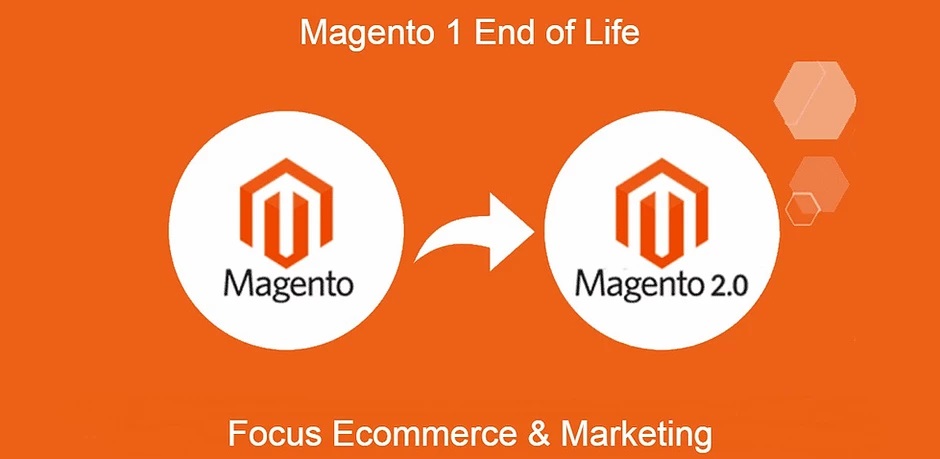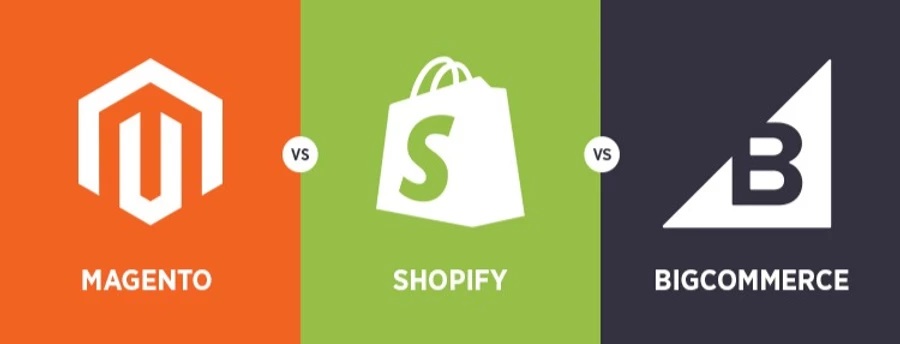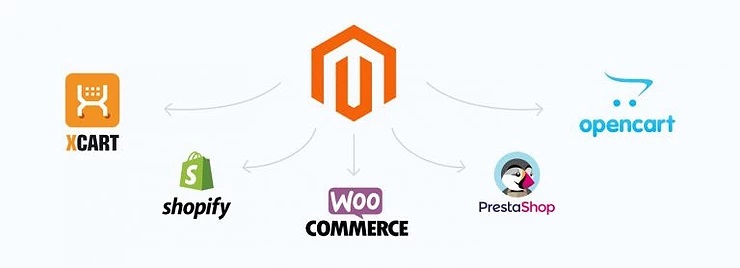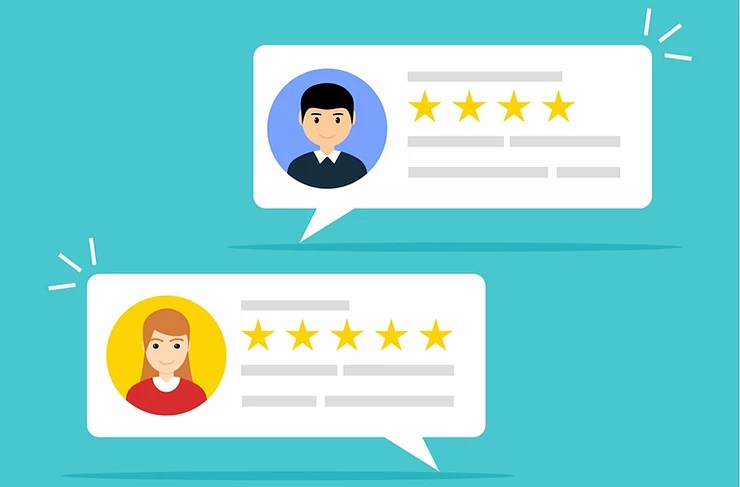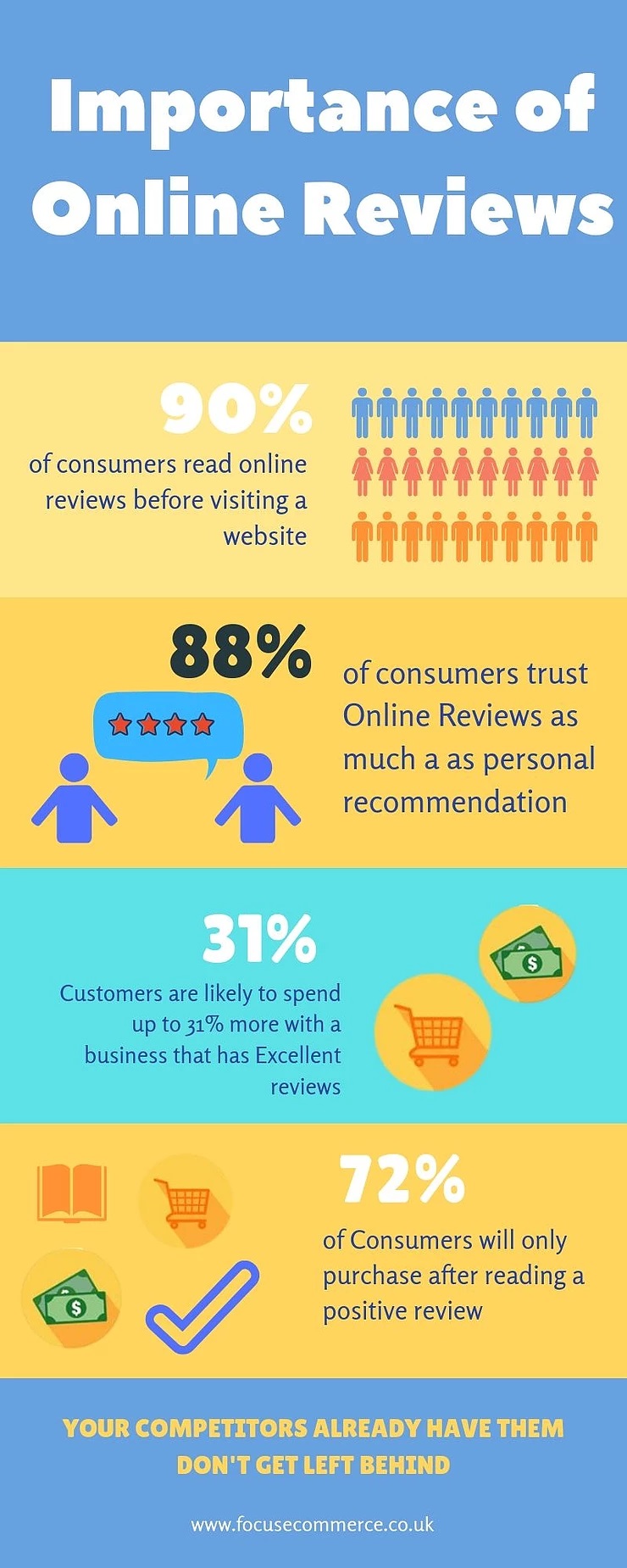Creating a Content Strategy for your Ecommerce Store
Content marketing, clearly described, is the process of producing original, high-quality content targeted at a specific audience, attracting their interests and addressing their points of pain. Creating a content strategy means instead of making a hard sell, by offering useful information that earns goodwill and interaction, it usually promotes a brand, service, or product.

The primary objective of this initiative is to convert consumers to buyers, directing them through the process of meeting their needs in the sales funnel, to prove yourself to be a credible source of knowledge, to position yourself as the best placed authority to assist them, and then to convert interest to paid business and a valuable ongoing connection.
The advantages of a well-executed eCommerce content strategy include:
- It drives new traffic to your website.
- This promotes confidence in your brand.
- With the all-important conversions, it can help.
- It can create a separate revenue source.
- It can provide enduring value with its evergreen material.
1: Identify Your Target Consumer
When your creating a content strategy you need to know who your buyer is in order to create e-commerce website content targeted to consumer needs. You can create content targeted at them by creating a character or fictionalized image of a customer or buyers based on real data and
marketing insights, refining it depending on what part of the sales funnel you position it and which part of the purchaser’s journey you are targeting.
For instance, without any sales message, you will provide content customized to their needs at the top of the sales funnel. Further down the funnel, once you’ve won their confidence, you might start providing potential solutions to customer problems and have a more tailored sales pitch to convert them to paying business.
The things you will want to know for your buyer persona include:
- Demographics: Gender, age, location, or other concrete identifying information.
- Personality: Whether they are lazy, super productive, sceptical, optimistic, or have other traits, the personality profile will help determine their shopping behaviour.
- Motivation: Are they learning more about your goods and industry on your e-commerce site? Are they ready to buy, or are they just shopping for windows? Understanding customer motivation allows you to customize content accordingly.
- Pain points: What do your customers find frustrating? If you understand this, you can provide a solution to their issues.
- Preferred content channels: Knowing your customers’ preferred sites, social media channels, and apps can tell you how best to reach them.
2: How Does Your Audience Consumes Content
You should find out how your audience wants to consume content to target them the same way for your e-commerce website content by looking at your internal data or researching market trends.
Some questions you’ll want to answer include:
- What’s the most popular social media channel for my target audience?
- Is there a specific type of content they prefer, Images, video, long form content?
- Does my target audience prefer to make purchases via a mobile or desktop?
- What length of time is my target audience willing to spend reviewing content?
- Use your Google Analytics to track how people are coming to your site

3: Research and Create Your Content
For creating a content strategy you need to do some research at the front end to build an efficient content strategy for e-commerce. For instance,
- Brainstorm: Work with a small group of people invested in the process, with strong contributions.
- Competitive SEO Evaluation, Looking at how rivals’ domain names work in search rankings and keyword gaps, to find out what choices are available to create content against fresh search words.
- Understanding the content being produced by other brands: Use a tool like Google Alerts to keep notified about brand mentions online, keeps you up to date of trending content.
- Think outside the box if an idea seems stale because it been done many times, try flipping it on its head to come up with a new perspective.
4: Publish Content Based on your Buyer’s Journey
The sales or marketing funnel is divided into three parts a top, middle, and bottom that corresponds to various parts of the purchaser’s path.

The top of the funnel is the process of customer exploration or understanding, where you prove that you know their points of pain. Your content is easily found and consumed at this stage.
The content offers solutions to issues without any particular sale of your product or service, whether by blogging, social media marketing, search engine marketing, or any other medium.
The middle section of the Sales & Marketing funnel is the step of evaluation, where you engage with your prospective clients more profoundly, building confidence. You have proven that you know their points of discomfort, and now you can start pointing to solutions that will assist them. Where you tried to educate customers before, you are now leading them to the right responses.
Here, the items you offer might include comparison guides, case studies, and even free samples. Consumers usually do extensive research on the subject at this point, including whether your approach is the right match for them.
The bottom of the sales funnel is the purchase stage, where people put their money where their interest is. Here is where you prove that your outstanding value is just too much to be passed by. At this purchase stage, you might use live chat, a chatbot, or emails to customers at the point of buying or retargeting/remarketing to keep your message in front of someone at the tipping point.
The Decision stage, where people put their money where their interest is. Here is where you prove that your offer is just too good to miss out on. At this decision stage, at the point of purchase or retargeting/remarketing, you might use live chat, a chatbot, or emails to customers to hold your message in front of someone at the tipping point.
5: Measure the Results
Since creating a content ctrategy on ecommerce websites is typically an ongoing operation, and not a one-off thing, you need to look at the results from past attempts to enhance those that are going forward.
Good metrics will inform you what sort of investment return (ROI) you have accomplished. Progress may be evaluated by such factors as:
Organic traffic, Leads, Conversion rate, Time on page, Social shares, Engagement, ROI, Backlinks
Bear in mind that the specific metrics you want to measure will vary depending on the content type. Some forms of content and the metrics on which you would want to base performance include:
Blog posts/articles: Key performance indicators (KPIs) range from website traffic and unique visitors to page views per visit and geographic trends.
Email: Indicators include open rate, conversion rate, and click-through rate.
Social media: Followers/fans, Likes, and post reach are among the KPIs.
Videos: These include unique viewers, shares, and average view duration.
Podcasts: Downloads, subscribers, and shares are included here.
Pay-per-click (PPC) campaigns: The many KPIs range from cost per click and click-through rates to cost per sale and impressions.
At Focus Ecommerce & Marketing we have the tools to help you measure the performance of your content activity. We can analyse various pieces of content and tailor that content to meet your specific needs.
6: Ask for Customer Feedback
Listening to what your clients have to say is a huge part of enhancing the content you deliver and making sales. Knowing what your customer feels about your sales process is vital for potential progress, whether you send a follow-up note, review live chat recordings, perform customer interviews, evaluate documented sales calls, track social media networks, or employ other means.
Some ways customer feedback can help your ecommerce content strategy include:
Ensure you have an effective customer support service: Customer feedback is one way to help gauge whether you have a sustainable customer support system, which ultimately can help keep sales coming in.
Qualitative feedback about content: Although we have suggested ways to get data, qualitative feedback is also very valuable. Through customer surveys, you can figure out whether your content is helpful to your customers. The more helpful your content, the more likely you will find more people who want to use your product or service.
Potential to use feedback as promotional content: Arguably, the biggest benefit to customer feedback is the possibility of using it to persuade new customers. Testimonials are a great way to add value to your brand and hopefully increase your bottom line.
What Are Some Types of Effective Ecommerce Content Marketing?
When developing an ecommerce content strategy, there a variety of content types at your disposal. Focus Ecommerce & Marketing can assist you with any of the following:
Blogging: Blog posts are fundamental to the majority of content marketing strategies, building customer relationships, delivering leads, and lending themselves to search engine optimization (SEO) practices.
Original photography: In this digital age people are unable to touch what your goods, using photography helps to make up for this fact. Create a set of images for each product, tagging them correctly will help search engines understand what you are offering. Create lifestyle shots so people can imagine wearing or using the item.
Video content: Videos create an immersive experience and are proven to drive up the number and size of sales. Social media channels recommend the use of video as a way of increasing engagement.
Product guides: These can attract more traffic to your ecommerce website as people look for more information about products and services.
Customer stories: Customer testimonials, reviews, case studies and user generated content.
Email marketing: Even just confirming orders, notifying buyers about shipping and package delivery, and doing a follow-up gives you multiple chances to communicate with customers and build relationships.
The most effective ecommerce strategy combines all of these elements. All brands, large and small need to invest in content marketing because it is crucial to attracting new business and staying competitive.
We can provide a comprehensive, all-in-one solution to boost your online selling presence, whether it’s to get more traffic with organic and paid searches or create unique content that meets marketing and sales goals.
- Ivan Latter
- January 7, 2021
- 3:31 pm
- No Comments


